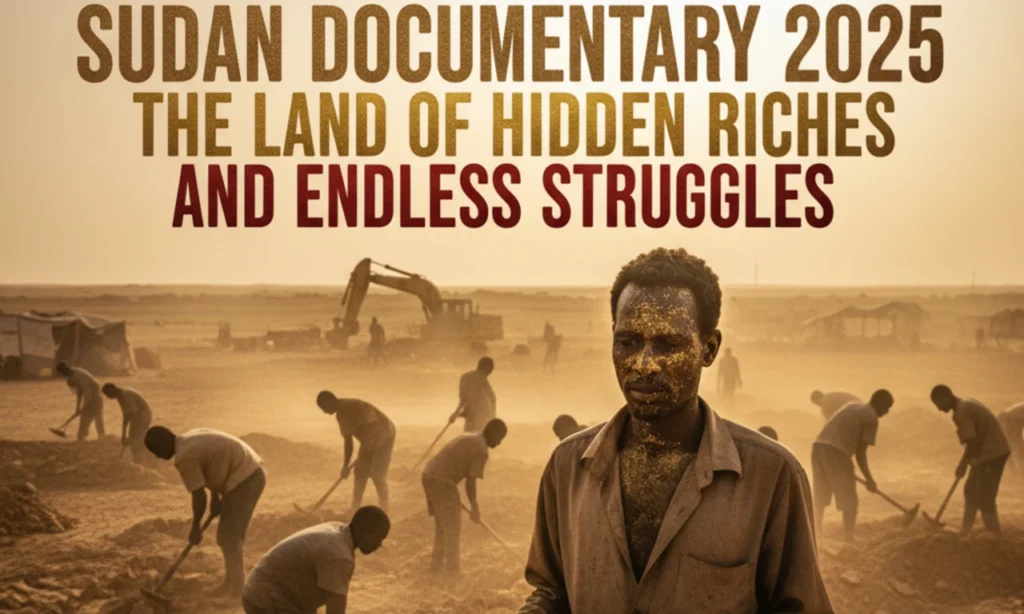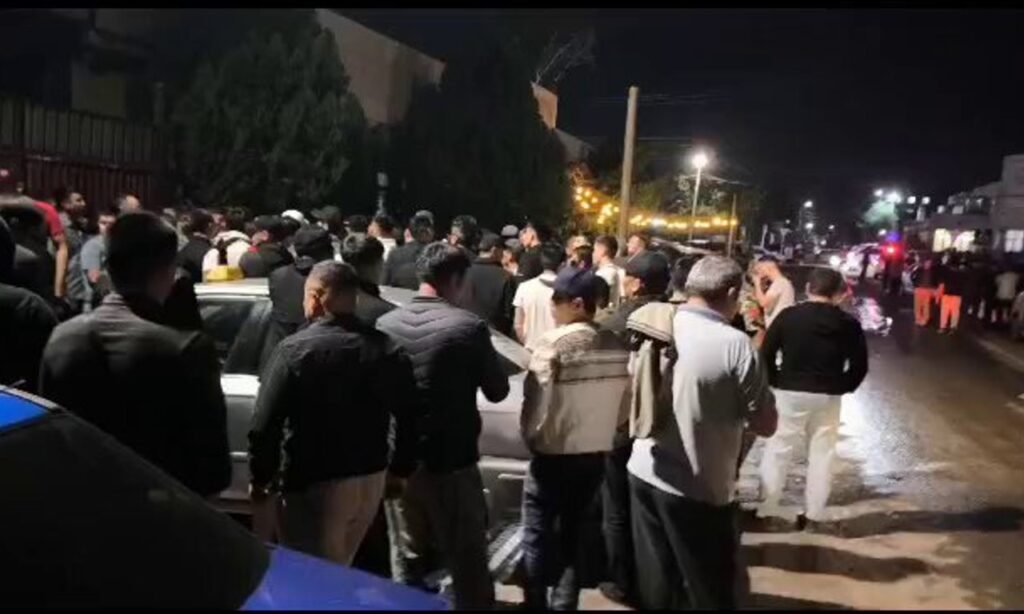Introduction
Sudan sits at a crossroads: the long, slow ribbon of the Nile cuts through deserts and savannahs, feeding civilizations that have risen and fallen for millennia. Today that same land holds vast natural wealth — gold, fertile floodplains, and mineral deposits — yet it faces political turmoil, economic collapse, and a large humanitarian crisis. This film looks beyond headlines to tell the deeper story: how history, geography, and competing interests have shaped Sudan’s present, and what that means for its people.
In this first act we set the scene: the physical landscape, the relics of ancient kingdoms (Nubia and Kush), and the key historical turning points — from colonial rule and independence to secession of South Sudan and the recent cycles of conflict. Understanding these layers is essential to grasp why Sudan is often described as both rich in resources and struggling in development.
Sudan’s Geography and History
Geography: The land, the Nile, and regions
Sudan is the third-largest country in Africa by area (before South Sudan split), stretching from the Red Sea coast westward across deserts, mountains, and the Nile valley. The Nile — formed here by the Blue and White Nile confluence near Khartoum — is the spine of agriculture, settlement, and history in Sudan: its seasonal floods and irrigable banks created the conditions for centuries of kingdoms and trade.
Key geographical features to mention in the documentary:
- The Nile valley and floodplain (agriculture, population centers).
- The Red Sea Hills and eastern deserts (mineral belts).
- Western regions (Darfur) and southern plains (fertile but conflict-affected).
These regions matter because resources, ethnic groups, and political control vary strongly by geography — and conflict lines often follow resource corridors.
Ancient civilisations: Nubia, Kush and the Nile legacy
Long before modern borders, the Nile valley in northern Sudan hosted powerful kingdoms — most notably Kush (centered at Meroë) and the broader cultural region known as Nubia. These civilizations built pyramids, mastered ironworking and trade, and competed with ancient Egypt for influence. The archaeological sites (Meroë, Napata) are an enduring reminder that Sudan’s place in human history runs deep.
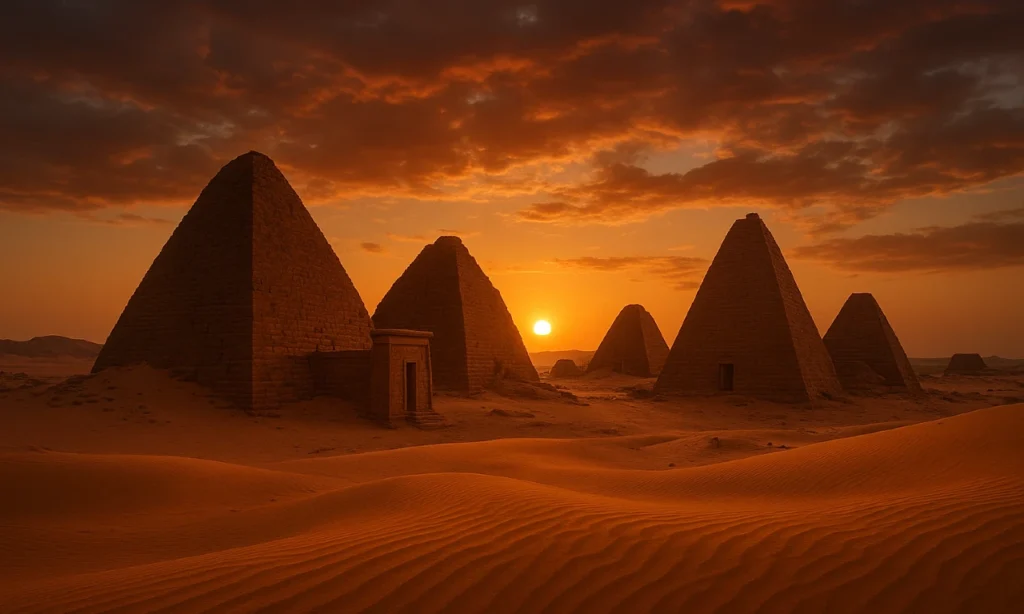
Modern history in brief: colonial rule, independence, and secession
Sudan’s modern political trajectory includes the Ottoman-Egyptian and Anglo-Egyptian eras, independence in 1956, and chronic tensions between central and peripheral regions. After years of civil wars and contested governance, South Sudan seceded in 2011, taking most of the oilfields — a seismic economic shift that removed a major revenue source for Sudan and reshaped its economy. The loss of oil revenues, combined with governance challenges, contributed to long-term fiscal stress and rising inflation.
Quick facts
- Gold is currently Sudan’s most valuable export and a major driver of hard currency earnings. Trade.gov
- The secession of South Sudan (2011) removed a large share of Sudan’s oil revenue, hurting government income and foreign exchange availability.
- Humanitarian crisis & displacement: millions have been displaced since the major conflict that began in April 2023 (see UNOCHA reporting for up-to-date figures).
Sudan’s Natural Resources – The Hidden Riches
Sudan is often described as a paradox: a nation with immense natural wealth yet plagued by poverty and instability. Beneath its soil and across its vast landscape, Sudan holds treasures that could make it one of Africa’s wealthiest nations—if properly managed.
Gold: The Shining Jewel of Sudan
Gold is Sudan’s most valuable resource and the country ranks among Africa’s largest producers. From the deserts of the north to the mountains of the east, artisanal and industrial mining has uncovered massive reserves. According to estimates, gold contributes significantly to Sudan’s exports, sometimes accounting for more than 40% of national revenue. However, the sector suffers from smuggling, lack of regulation, and corruption, meaning much of the gold wealth never reaches the ordinary Sudanese people.
Oil and Gas: A Lost Fortune
Before the secession of South Sudan in 2011, Sudan was one of Africa’s major oil exporters. Nearly 75% of the known oil reserves went to the newly independent South Sudan, leaving Sudan with fewer fields but still some potential. Today, pipelines and refineries remain in Sudan, making it a vital transit hub. Despite this, mismanagement and conflict have prevented Sudan from fully benefiting from oil revenues.
Other Minerals and Industrial Potential
Beyond gold and oil, Sudan’s land is rich in:
- Iron ore – Found in the Red Sea hills, vital for steel production.
- Chromium – Large reserves in the Ingessana Hills.
- Manganese, Copper, and Uranium – Still underdeveloped but critical for modern industries.
- Marble and Gypsum – Used in construction and cement manufacturing.
If Sudan’s mineral wealth were harnessed properly, it could diversify the economy, reduce dependence on imports, and create millions of jobs.
Agricultural Wealth – Sudan’s Green Gold
Often overlooked, Sudan also has vast fertile lands nourished by the Nile River and seasonal rains. Crops like sorghum, millet, wheat, and sesame are widely grown. Gum Arabic, in particular, is Sudan’s “green gold”—the country supplies over 70% of the world’s gum Arabic, a key ingredient in soft drinks, medicines, and cosmetics.
Yet, despite this agricultural potential, poor infrastructure and recurring conflict have left millions facing food insecurity.
Water Resources: The Nile’s Gift
The Nile River flows through Sudan, making it one of the most water-rich countries in Africa. With proper irrigation and water management, Sudan could transform into a regional agricultural powerhouse. Sadly, wars, political instability, and lack of investment have blocked this potential.
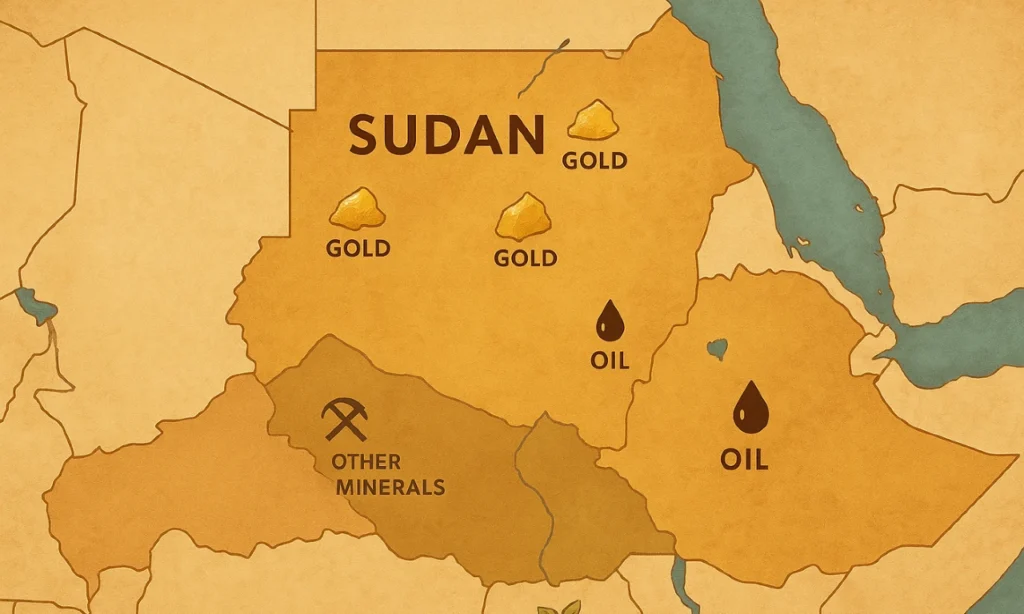
Sudan’s Economy – Growth and Collapse
Sudan’s economic journey is a story of extremes—rising prosperity fueled by oil wealth in the late 20th century, followed by a devastating collapse after South Sudan’s independence and years of ongoing conflict. To understand Sudan’s present crisis, we must trace both its short-lived boom and its painful downfall.
The Oil Boom Era (1999–2011)
In 1999, Sudan began exporting oil, marking a turning point in its economy. For more than a decade, oil revenues drove rapid growth:
- GDP growth rates reached over 7% annually during the early 2000s.
- Foreign investments, especially from China and Malaysia, poured into oil exploration and pipelines.
- Infrastructure projects—roads, bridges, and urban development—emerged across Khartoum and other cities.
This was Sudan’s golden moment, when it seemed poised to join Africa’s rising economies.
The Turning Point – Separation of South Sudan (2011)
When South Sudan gained independence in July 2011, Sudan lost nearly 75% of its oil reserves overnight. This was catastrophic:
- Oil had accounted for more than half of government revenue and 95% of exports.
- Sudan suddenly faced budget deficits, loss of foreign currency, and declining investments.
- To make matters worse, political tensions with South Sudan disrupted pipeline operations and cross-border trade.
This event pushed Sudan’s economy into freefall.
Inflation, Poverty, and Currency Devaluation
The loss of oil revenue triggered a cycle of economic distress:
- Inflation soared, reaching over 400% in 2021, one of the highest in the world.
- The Sudanese pound suffered repeated devaluations, eroding public savings.
- Poverty deepened, with more than 50% of the population living below the poverty line.
- Basic goods—bread, fuel, medicine—became scarce and expensive, fueling public anger and protests.
Sanctions and Isolation
For decades, Sudan was under U.S. sanctions due to allegations of terrorism support and human rights abuses. Although sanctions were lifted in 2017, Sudan remained isolated from global financial markets. Limited access to loans, aid, and international trade kept the economy weak.
The Struggle for Recovery
After the fall of Omar al-Bashir in 2019, hopes rose for economic reform. The transitional government attempted bold steps:
- Reducing subsidies on fuel and bread.
- Floating the Sudanese pound to stabilize exchange rates.
- Seeking debt relief from the International Monetary Fund (IMF) and World Bank.
However, progress was cut short by political instability, military coups, and the outbreak of new conflicts.
The Current Crisis (2023–2025)
The ongoing war between the Sudanese Armed Forces (SAF) and the Rapid Support Forces (RSF) has devastated the economy further:
- Khartoum, once the commercial hub, has been reduced to ruins.
- Agricultural production has collapsed in many regions due to displacement.
- Millions face food insecurity, with humanitarian agencies warning of famine risks.
- Investors have fled, and foreign trade is crippled.
Sudan’s economy today is described as being in “near total collapse.”
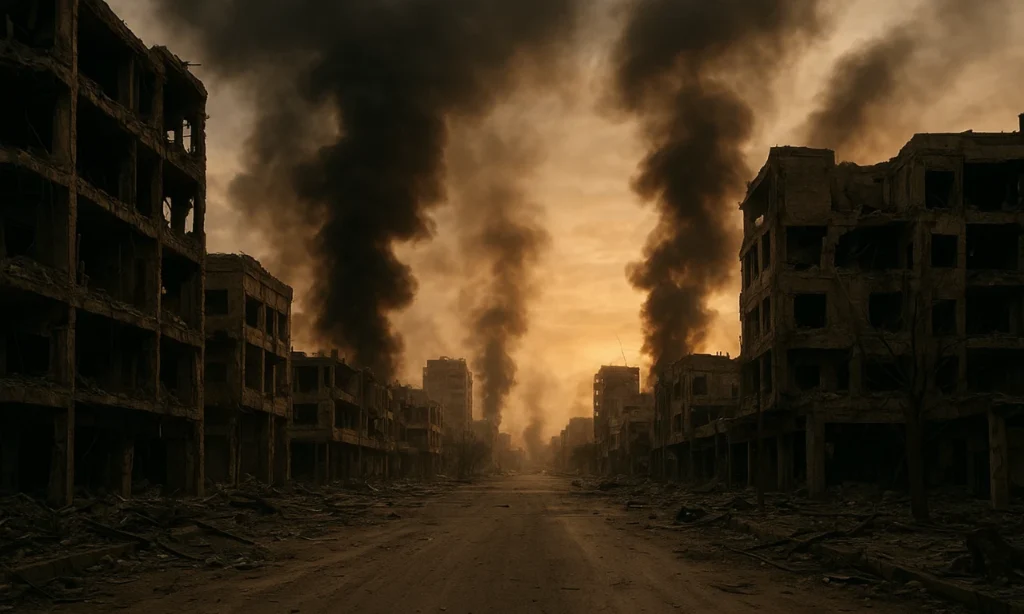
The Conflict and Endless Struggles
If Sudan’s natural resources represent its hidden riches, then its conflicts symbolize the endless struggles that have held the nation back. For decades, Sudan has been trapped in cycles of civil war, ethnic violence, and political instability. These struggles have not only destroyed lives but also stripped the country of the chance to turn its wealth into prosperity.
Civil Wars and Division
Sudan’s first major conflict erupted shortly after independence in 1956. For decades, the North-South Civil Wars raged, rooted in cultural, religious, and economic differences. Millions were killed or displaced, and development stagnated.
The Comprehensive Peace Agreement (2005) brought temporary relief but ultimately led to the secession of South Sudan in 2011, a turning point that split the nation and its oil wealth.
Darfur Crisis (2003–Present)
In 2003, the western region of Darfur became the epicenter of another devastating conflict. Rebel groups accused the government of marginalizing non-Arab populations. In response, government-backed militias known as the Janjaweed launched brutal attacks on villages.
- At least 300,000 people were killed (UN estimates).
- Over 2 million displaced into camps or neighboring Chad.
- International Criminal Court (ICC) issued an arrest warrant for former president Omar al-Bashir for war crimes and genocide.
Darfur remains unstable today, with sporadic violence and humanitarian crises.
Political Instability and Coups
Since independence, Sudan has experienced more than 15 coups and attempted coups. Military rule has been a constant theme, often crushing democratic movements. Even after the overthrow of al-Bashir in 2019, hopes for civilian rule were dashed by further military takeovers.
This cycle of coups has made it nearly impossible for Sudan to build stable institutions or attract long-term investment.
The Current War (2023–2025)
The most recent tragedy began in April 2023, when fighting broke out between the Sudanese Armed Forces (SAF) and the Rapid Support Forces (RSF), a powerful paramilitary group.
- The capital, Khartoum, has been devastated by urban warfare.
- Over 10 million people displaced internally and abroad, creating one of the world’s largest refugee crises.
- Hospitals, schools, and markets destroyed, leaving entire cities in ruins.
- Reports of atrocities, ethnic targeting, and gender-based violence have shocked the international community.
This war has not only deepened Sudan’s humanitarian crisis but also collapsed its fragile economy and erased years of progress.
Humanitarian Struggles
The human cost of Sudan’s endless conflicts is staggering:
- 25 million people in urgent need of aid (UN OCHA, 2024).
- Acute food insecurity threatening famine in several regions.
- Children forced into malnutrition, lack of schooling, and displacement.
- Aid agencies struggling to reach those in need due to insecurity.
Sudan today represents one of the worst humanitarian crises in the world.
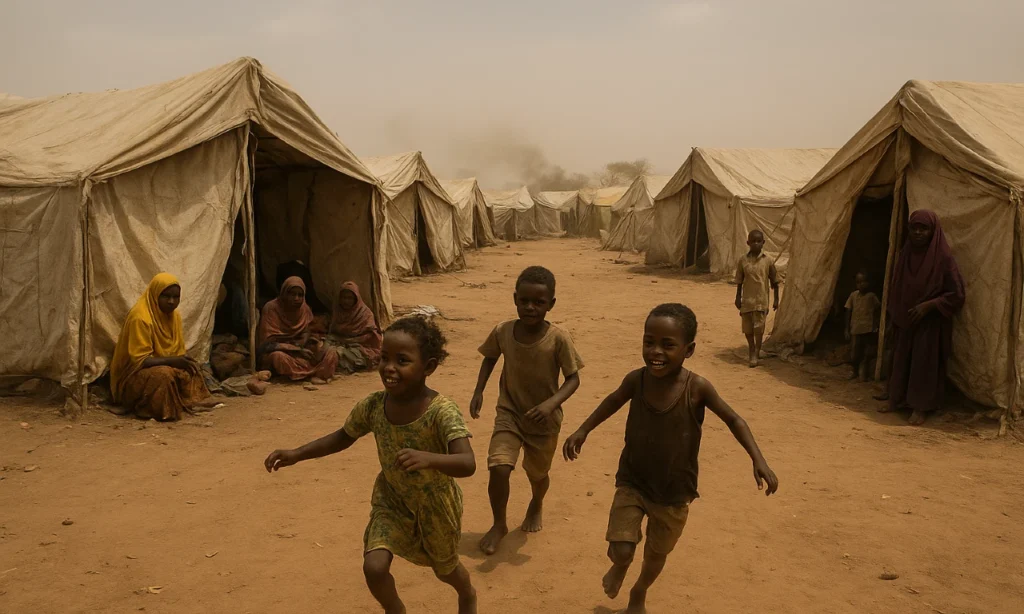
Sudan’s Culture, People, and Heritage
Amid wars, poverty, and political turmoil, Sudan’s greatest strength lies in its people—their resilience, traditions, and cultural wealth. Beyond the headlines of conflict, Sudan is home to a deep and diverse heritage that stretches back thousands of years and continues to shape its identity today.
A Tapestry of Ethnic Diversity
Sudan is one of the most ethnically and culturally diverse nations in Africa. More than 500 ethnic groups and subgroups live within its borders, each contributing to a rich mosaic of traditions. The largest groups include:
- Arabs – concentrated in central and northern Sudan.
- Nubians – descendants of one of Africa’s oldest civilizations.
- Beja – nomadic tribes of the Red Sea Hills.
- Fur, Zaghawa, Masalit – communities from Darfur.
This diversity has shaped Sudanese music, languages, cuisine, and arts—but has also been a source of political and social tension when exploited by power struggles.
Languages of Sudan
Arabic is the official language, while English is also widely used, especially in education and diplomacy. Yet across Sudan, dozens of indigenous languages thrive, such as Nubian, Beja, Fur, and others. These languages carry centuries of oral history, poetry, and storytelling traditions.
Music and Dance
Music in Sudan reflects its cultural crossroads between Africa and the Arab world. Traditional instruments like the tambour (drum), oud (lute), and kissar (lyre) are played at weddings, festivals, and community gatherings. Rhythmic dances and call-and-response songs are not just entertainment—they are cultural expressions of joy, unity, and survival.
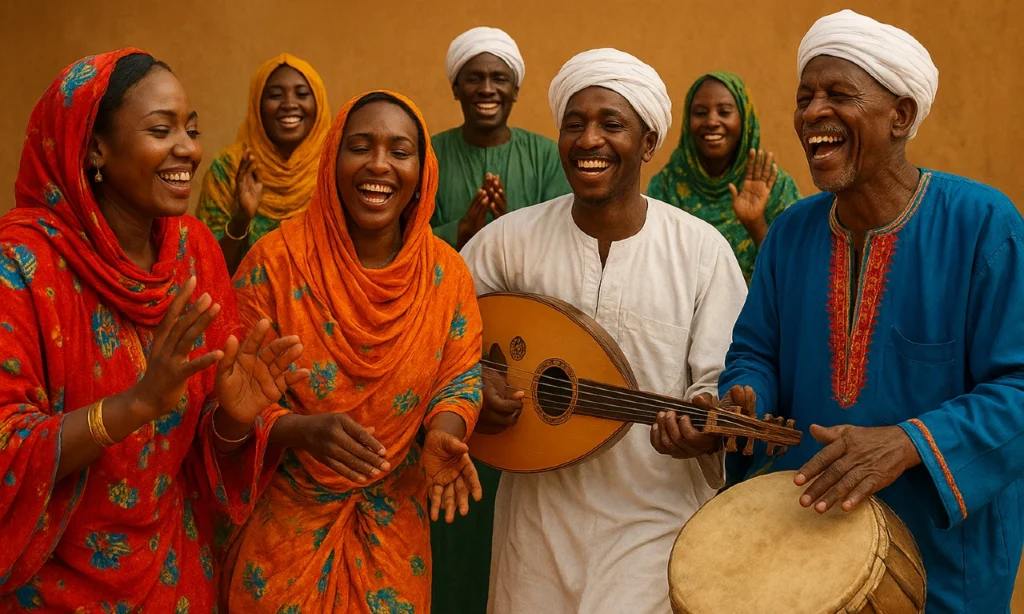
Cuisine – A Blend of Traditions
Sudanese food is a blend of African, Arab, and Middle Eastern flavors. Common staples include:
- Kisra – a thin fermented bread made from sorghum.
- Ful medames – stewed fava beans, often eaten with bread.
- Mullah – a vegetable or meat stew served with kisra or rice.
- Tea and coffee rituals – central to Sudanese hospitality, especially spiced tea flavored with cinnamon and cardamom.
Food in Sudan is not only nourishment but also a way to bring families and communities together.
Hospitality and Resilience
Despite decades of hardship, Sudanese culture is deeply rooted in hospitality and generosity. Guests are welcomed warmly, even in the poorest households, and community ties remain strong. This resilience—the ability to endure suffering while maintaining dignity and kindness—is one of Sudan’s most defining cultural traits.
Ancient Heritage – The Land of the Pharaohs of Kush
Sudan’s history stretches back to the Kingdom of Kush, one of the great civilizations of Africa. The Nubian pyramids at Meroë—smaller but more numerous than those in Egypt—stand as silent witnesses to Sudan’s glorious past. This ancient heritage, combined with Islamic architecture and colonial-era influences, gives Sudan a unique cultural identity.
Sudan’s Future – Hope Beyond the Struggles
Though Sudan’s story today is clouded by war, poverty, and displacement, its future does not have to remain trapped in despair. History shows that nations torn by conflict can rise again—through resilience, reform, and the right use of resources. Sudan, with its immense natural wealth and cultural strength, still holds the potential to rebuild and prosper.
The Untapped Potential of Resources
Sudan’s soil is still rich with gold, minerals, oil, fertile land, and water from the Nile. If peace and transparency are achieved, these resources could once again power the economy. Agriculture alone could make Sudan a breadbasket of Africa, capable of feeding millions at home and exporting food to neighboring nations.
The Role of Peace and Stability
No resource is more important than peace. Without stability, gold and oil turn into curses, and fertile land becomes battlegrounds. Lasting peace in Sudan would:
- Allow displaced people to return and rebuild.
- Restore trade routes and markets.
- Attract foreign investment in mining, agriculture, and infrastructure.
- Open the door for tourism, especially to Sudan’s Nubian pyramids and cultural heritage sites.
Youth and Innovation
Sudan’s population is overwhelmingly young—more than 60% under the age of 25. Despite limited opportunities, Sudanese youth have shown remarkable creativity in technology, music, art, and social activism. With proper education and digital infrastructure, this generation could lead Sudan into a new era of innovation and entrepreneurship.
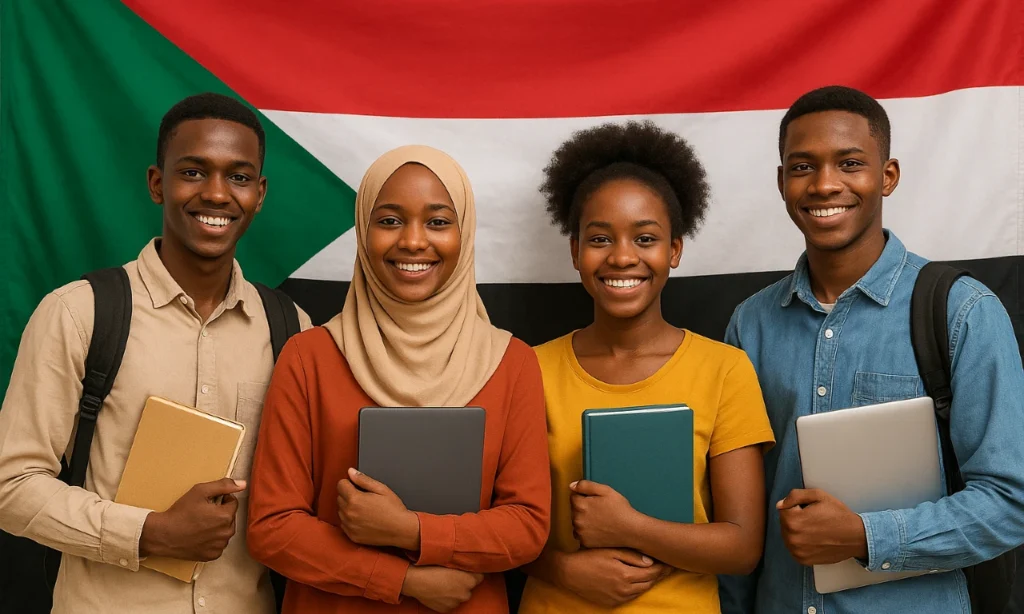
International Partnerships and Aid
Sudan cannot rebuild alone. Partnerships with the United Nations, African Union, Arab League, and global financial institutions will be essential. International debt relief, humanitarian aid, and development projects can help Sudan recover—but these efforts must be matched by reforms inside the country to fight corruption and ensure transparency.
A Vision of Hope
Imagine a Sudan where:
- Farmers use modern irrigation systems to transform the desert into green fields.
- Children return to schools rebuilt with international support.
- Hospitals provide healthcare instead of closing from war.
- Tourists visit the pyramids of Meroë and sail the Nile, bringing revenue to local communities.
This is not an impossible dream—many nations have risen from devastation, and Sudan can too.
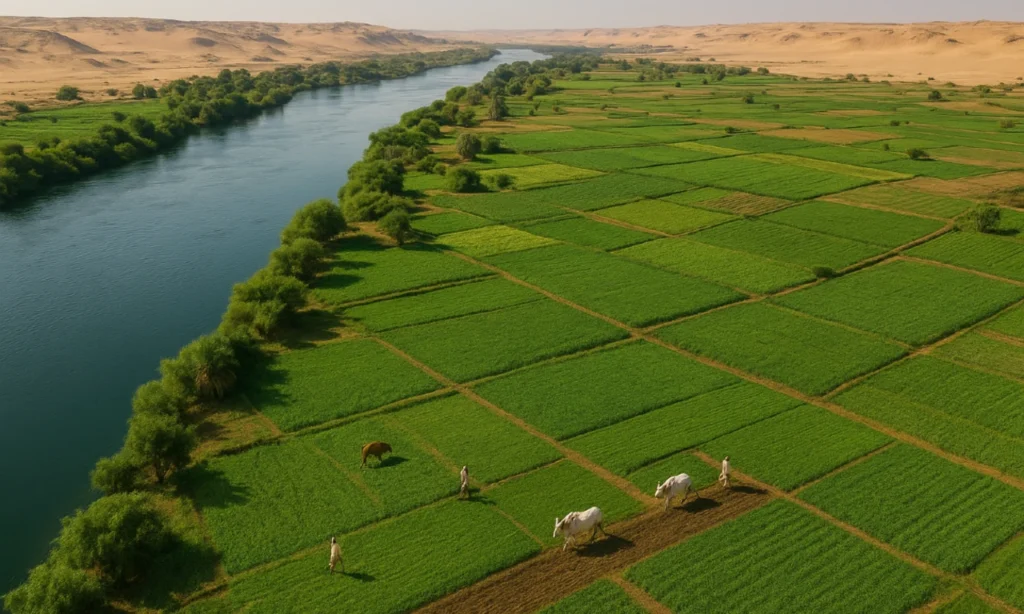
Conclusion – Sudan’s Story of Riches and Struggles
Sudan’s journey is one of paradoxes. It is a nation blessed with extraordinary natural wealth—gold, oil, fertile lands, and a heritage that stretches back thousands of years. Yet, it is also a land scarred by conflict, poverty, and political turmoil. For decades, the country has stood at a crossroads, its riches hidden beneath the weight of endless struggles.
But Sudan is more than its wars and crises. It is the resilience of its people, the rhythms of its music, the strength of its youth, and the promise of its soil. If peace and stability return, Sudan could transform from a story of tragedy into a story of triumph.
The world must not turn away. Greater awareness, humanitarian support, and international cooperation are essential to help Sudan rebuild. And within Sudan, the courage of its people must continue to drive the fight for a better tomorrow.

